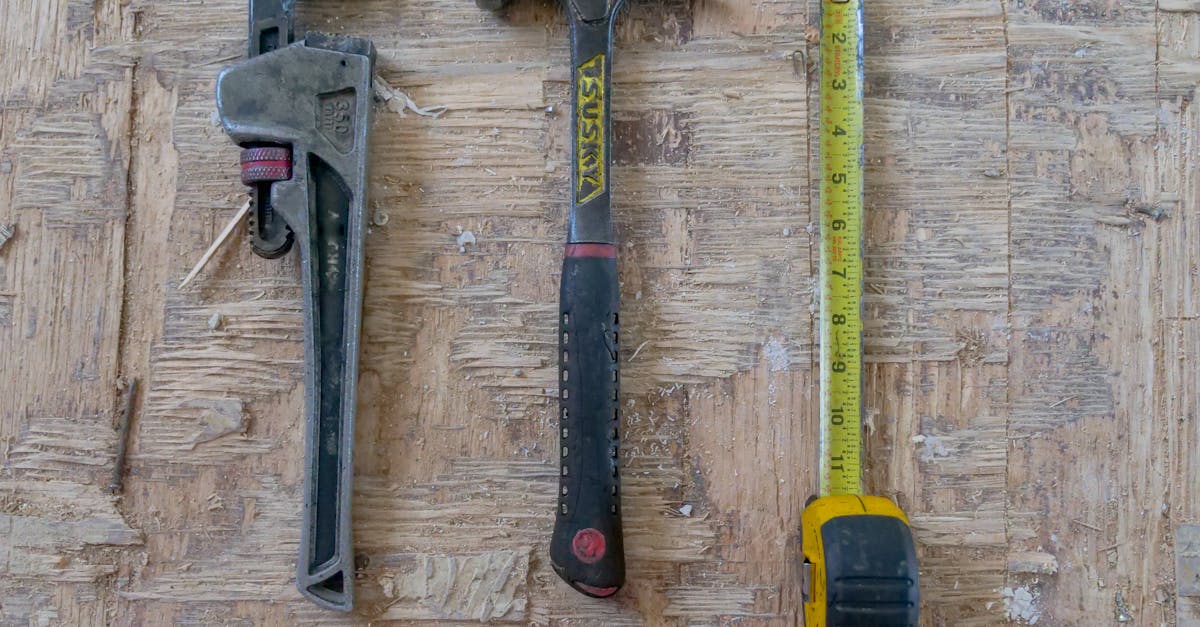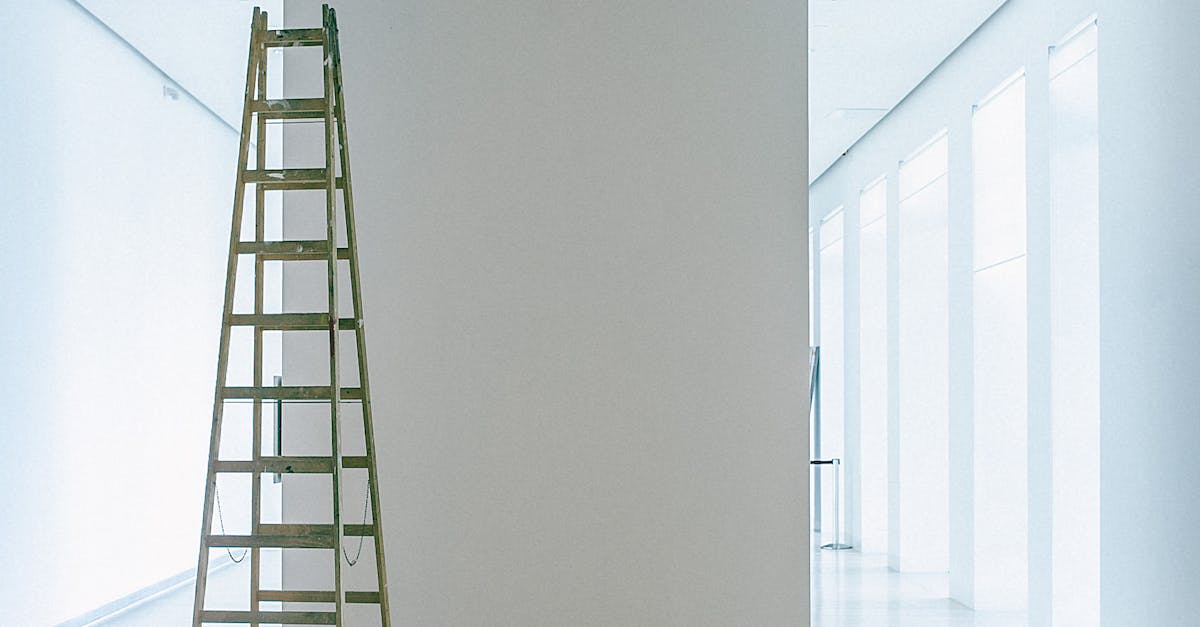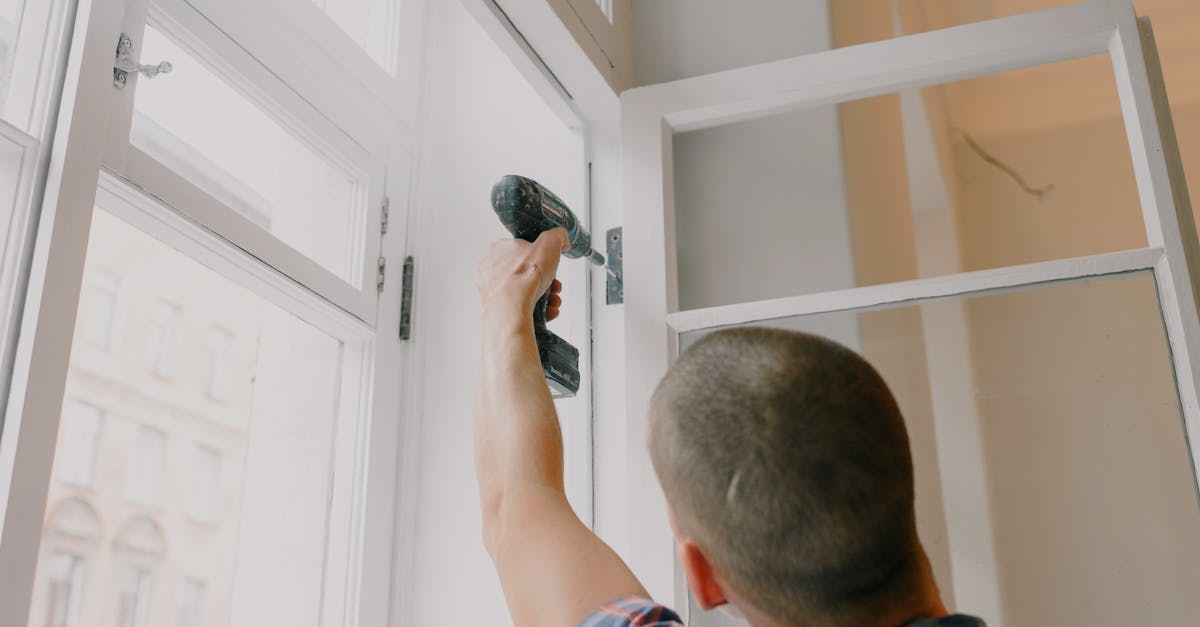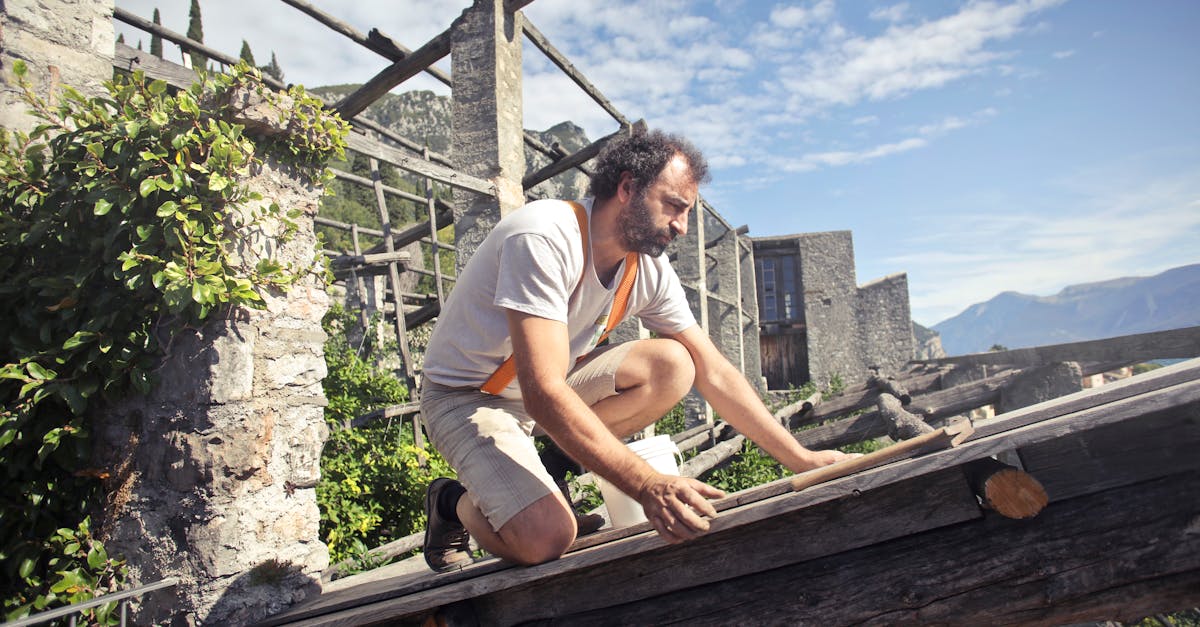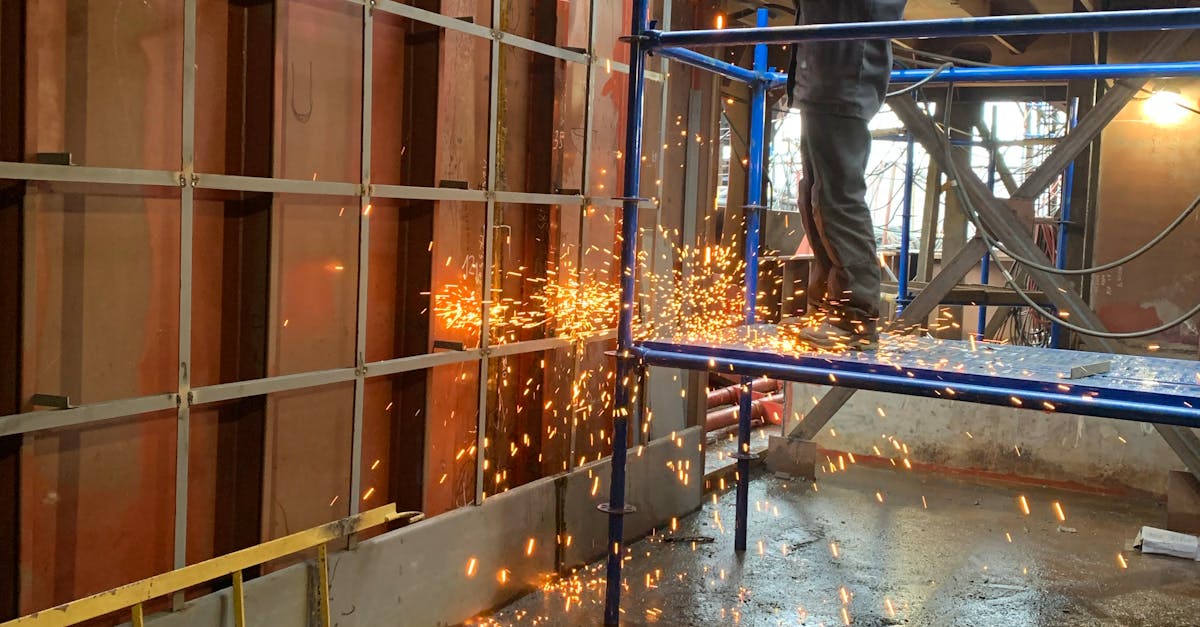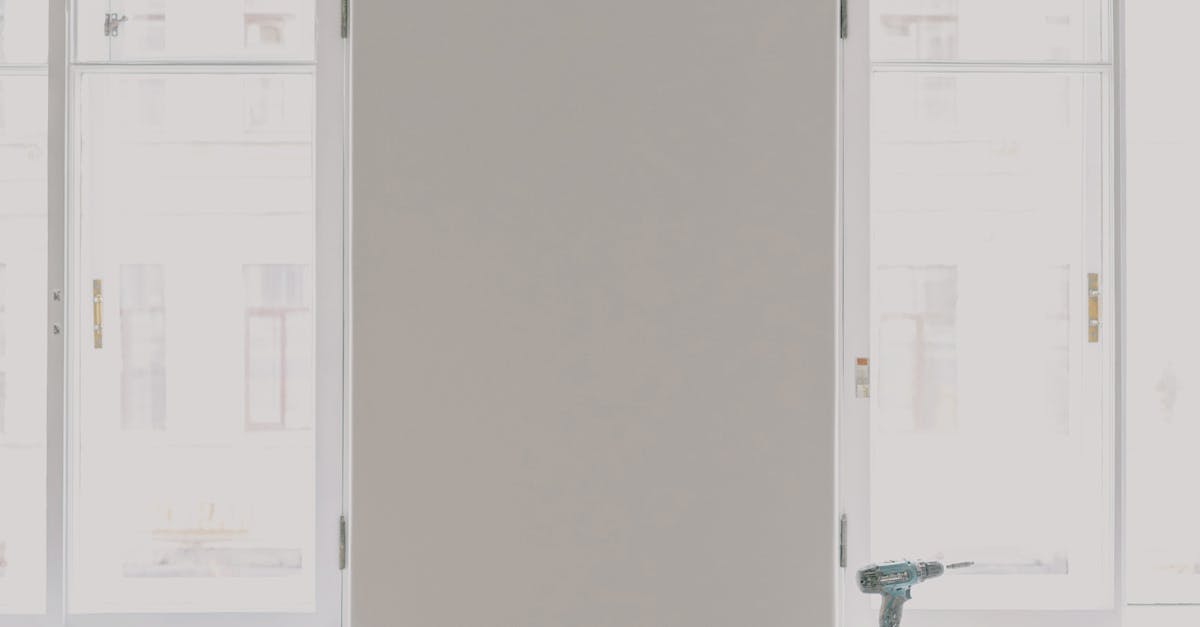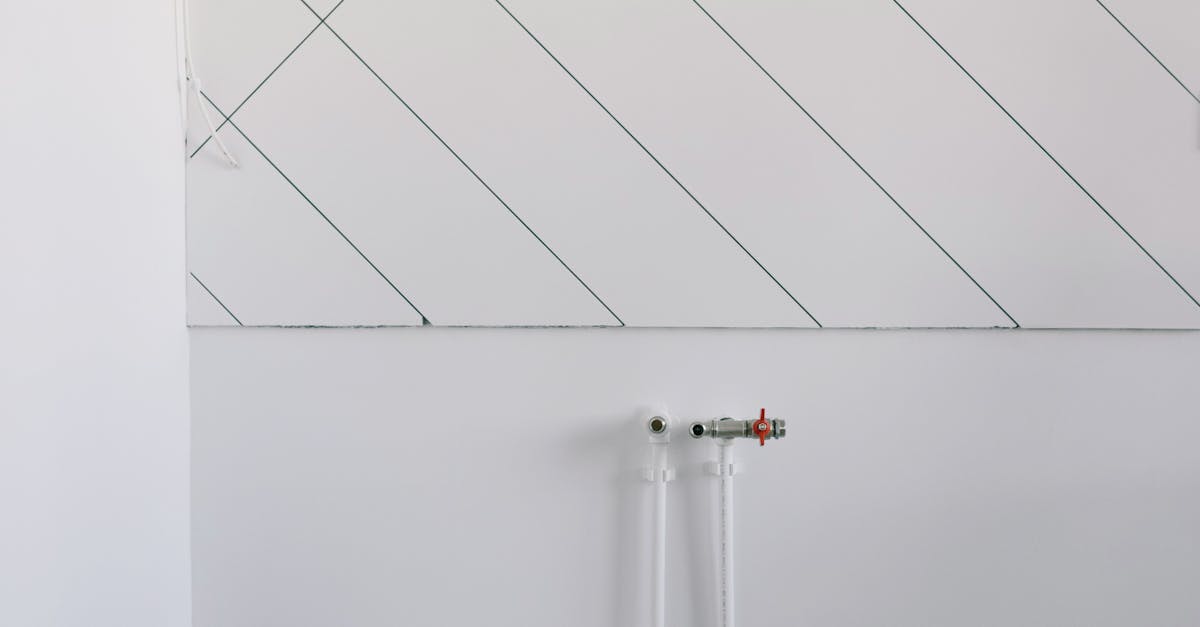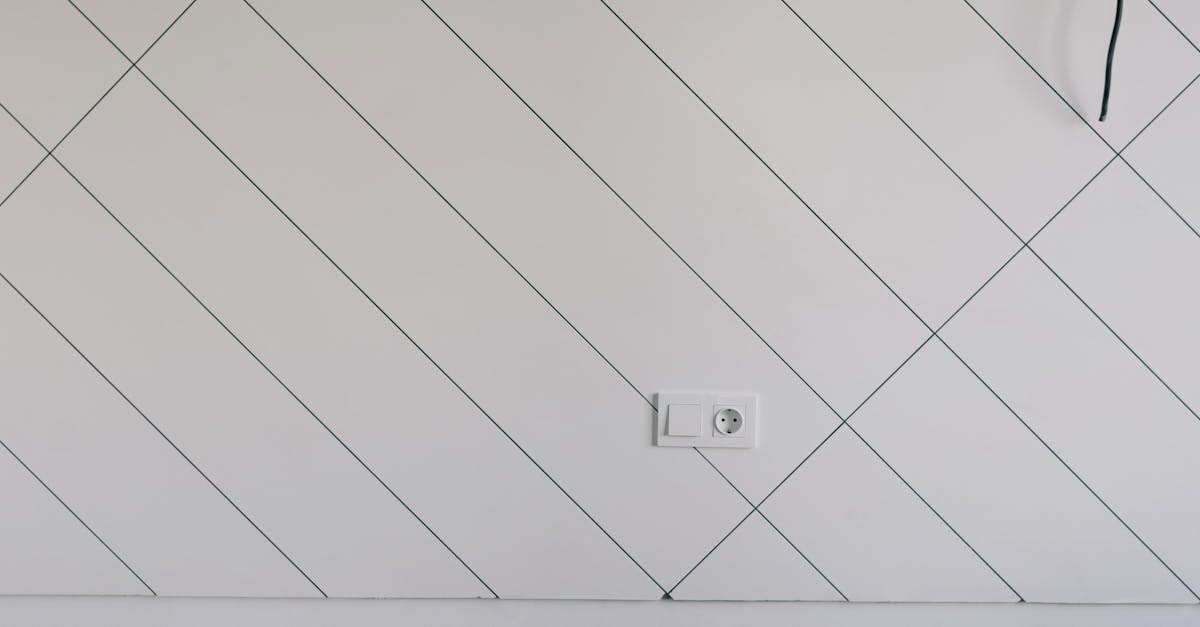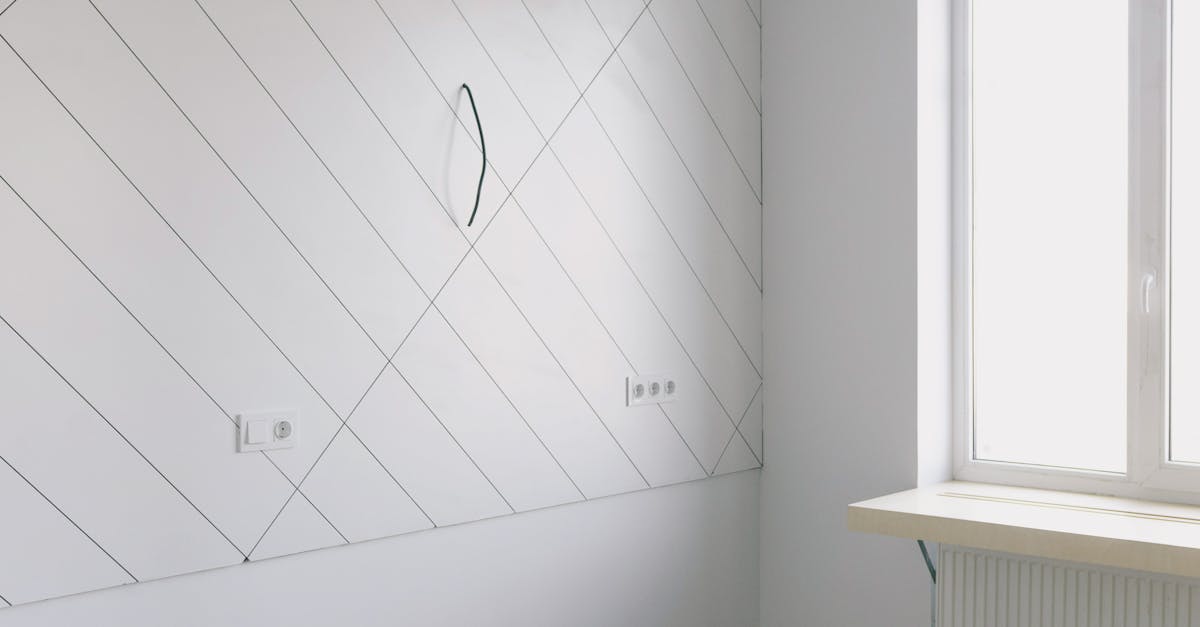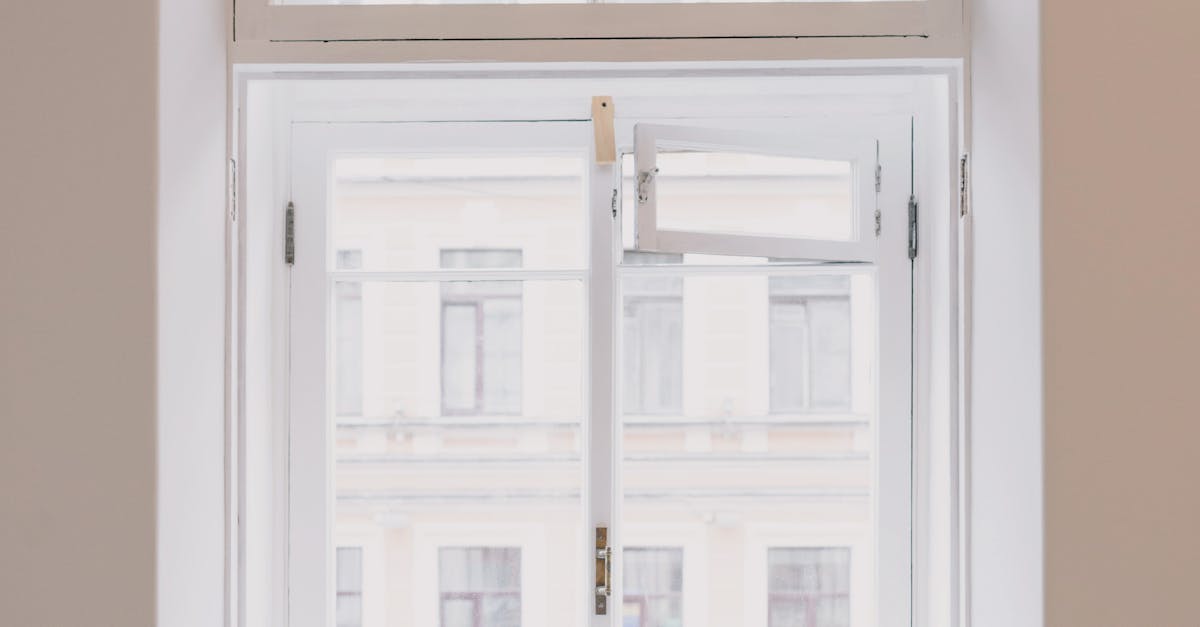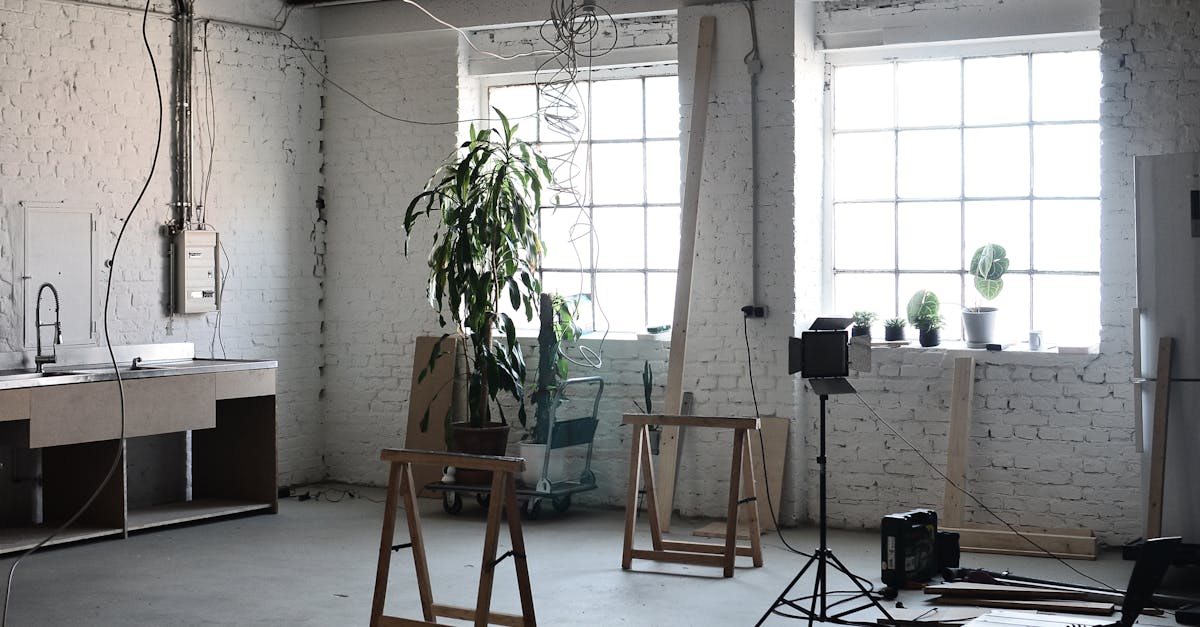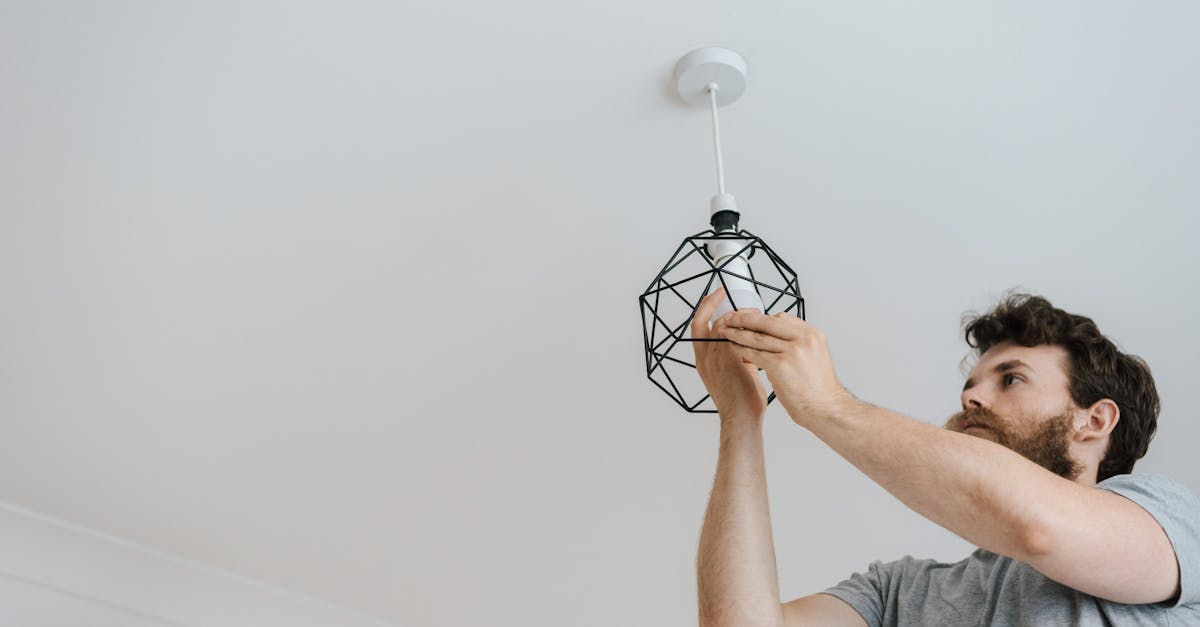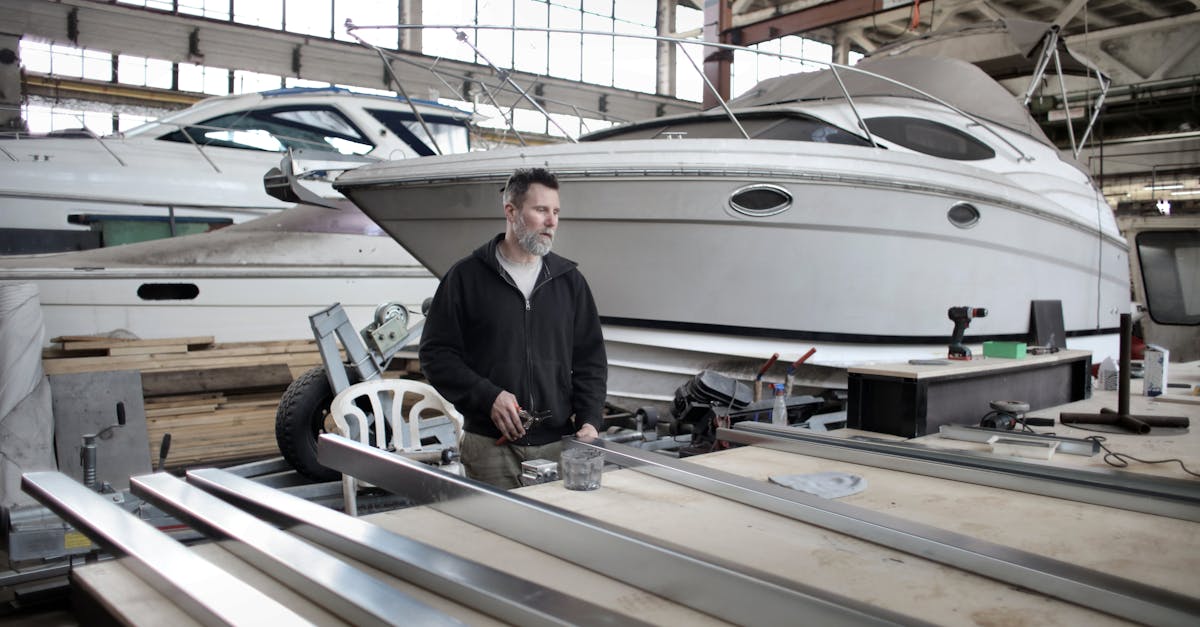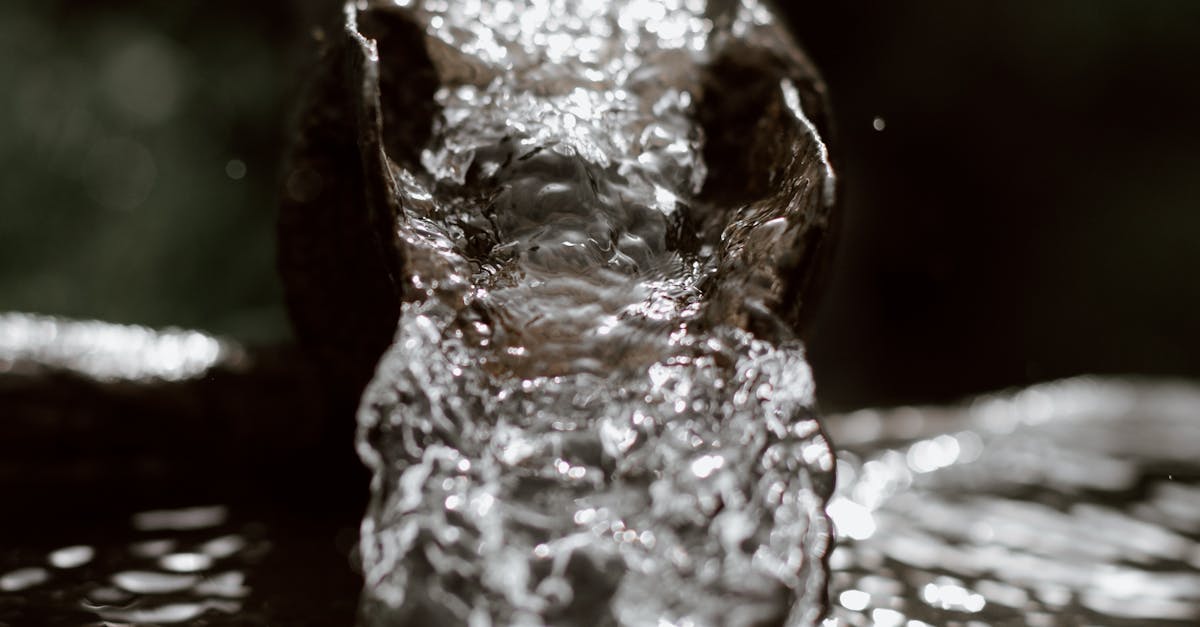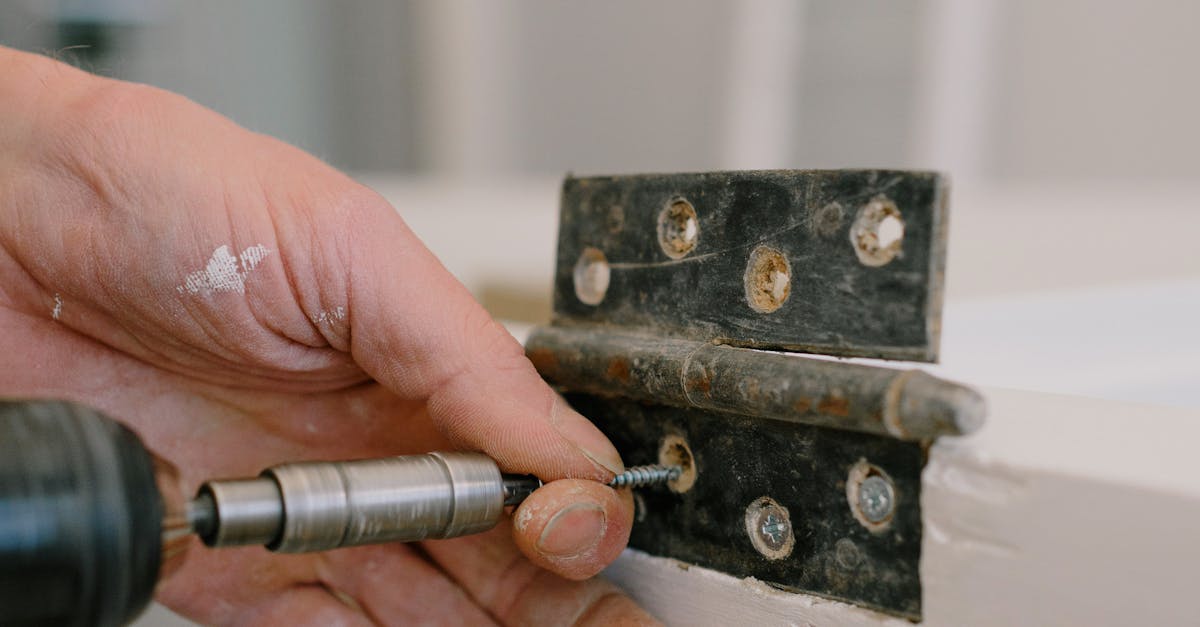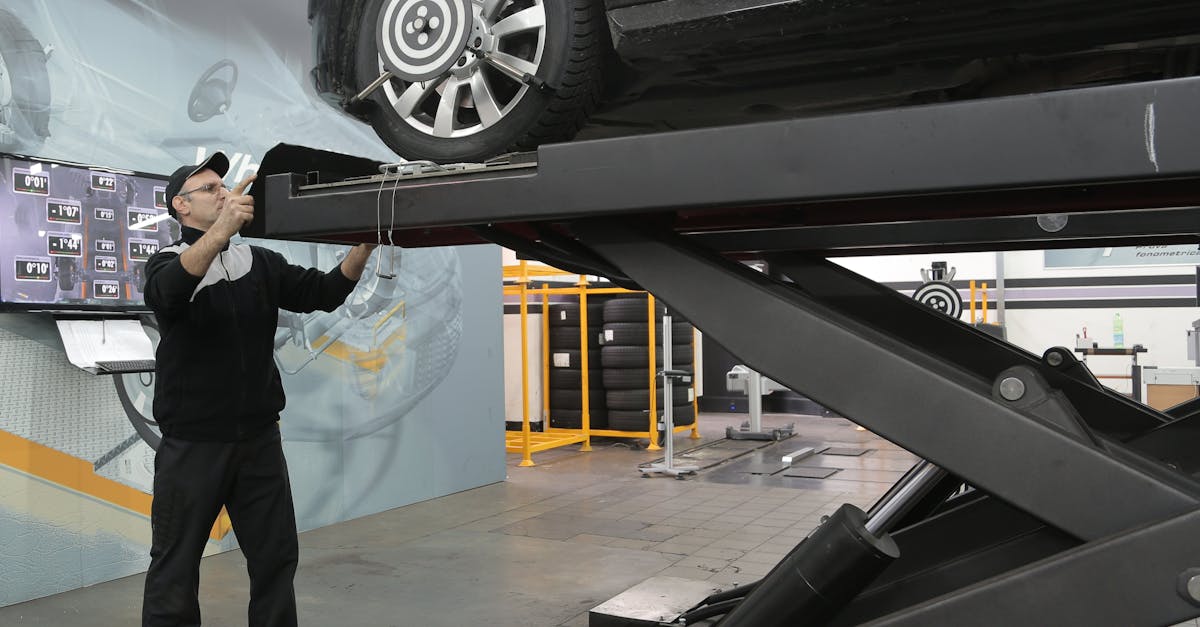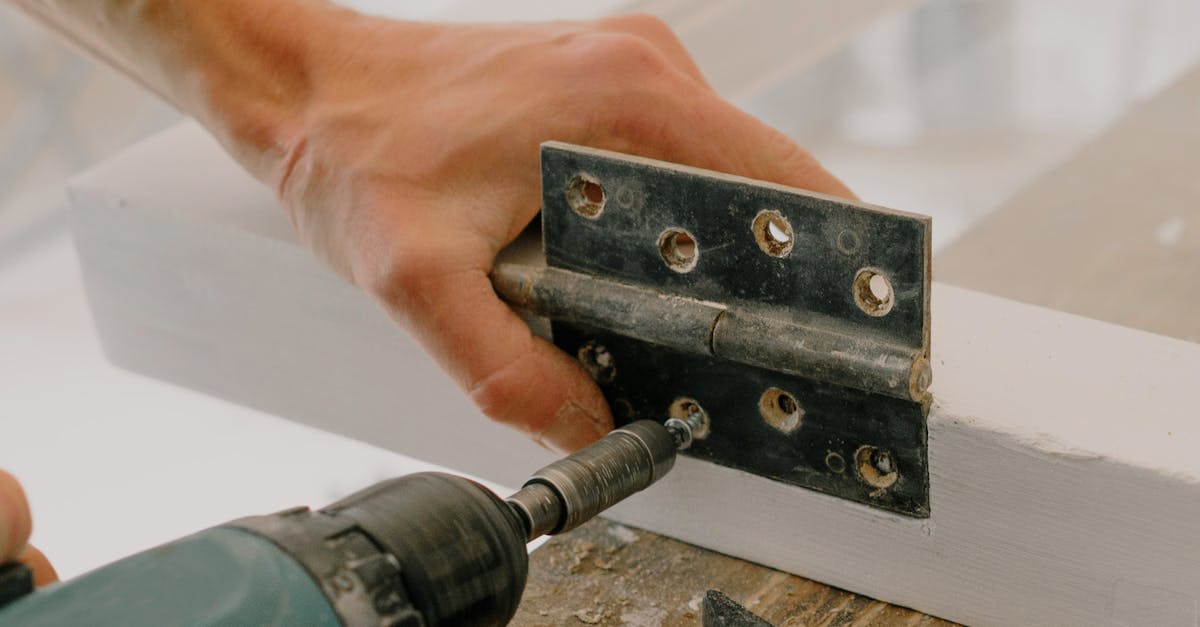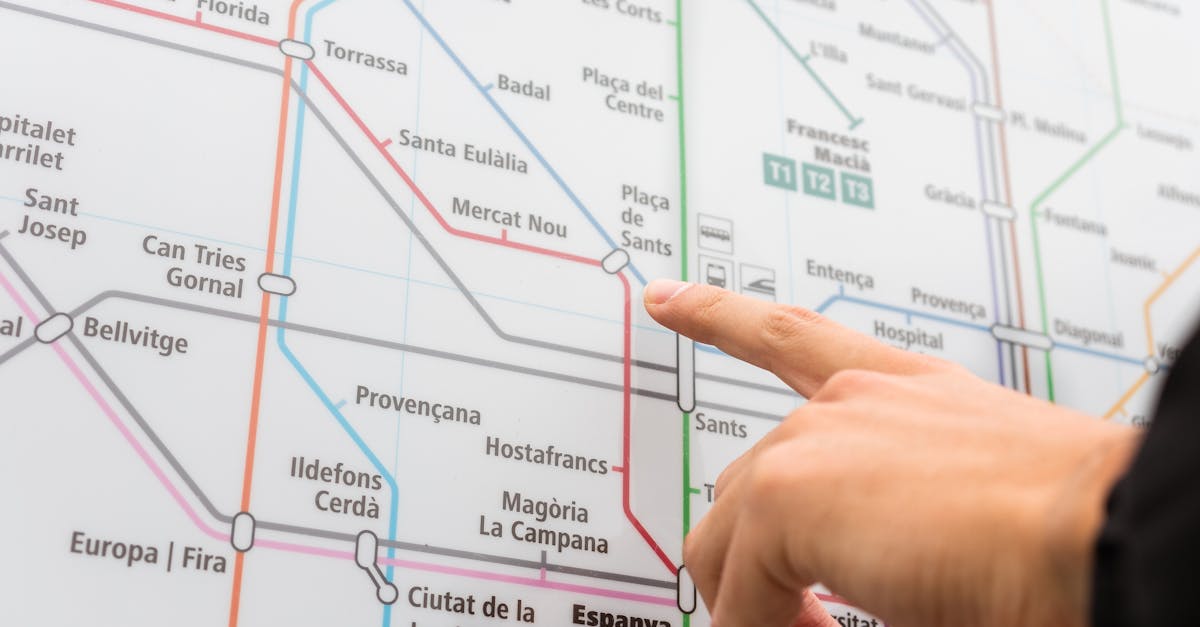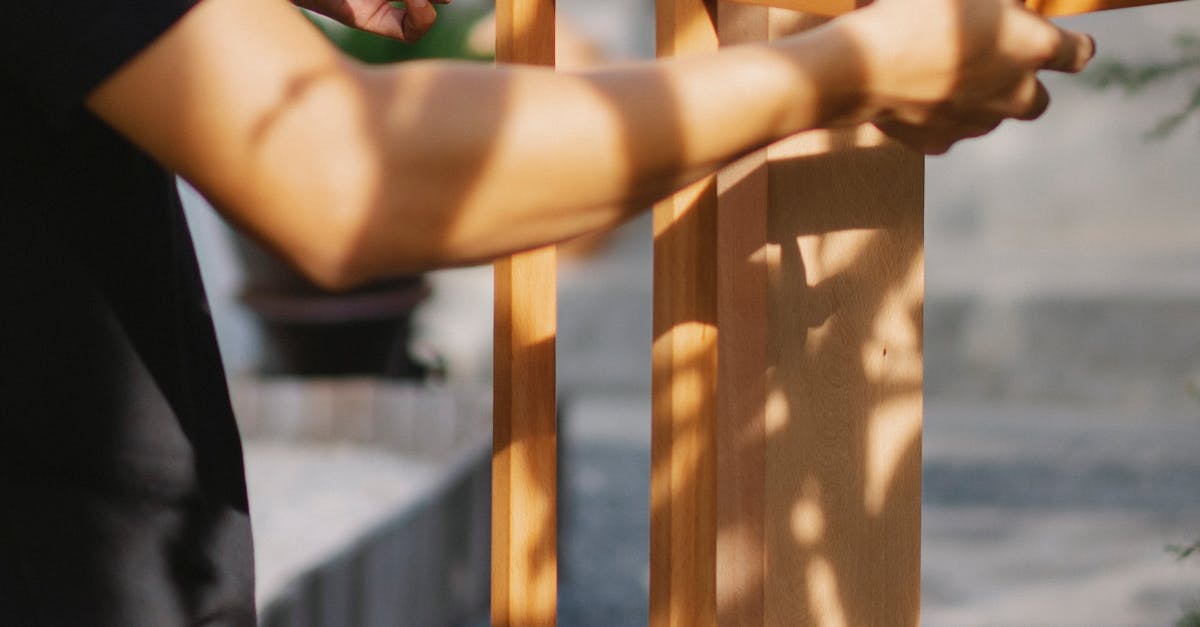
Table Of Contents
Prevention Strategies for Tree Root Infiltration
Preventing tree roots from infiltrating pipes requires thoughtful planning during both landscaping and construction. Selecting appropriate tree species can significantly reduce the likelihood of root intrusion. Native species with less aggressive root systems are preferable for areas close to underground utilities. It is beneficial to implement physical barriers, such as root shields, which can deter roots from reaching sewer lines. Additionally, ensuring proper sewer line installation and repair techniques can create a more resilient infrastructure that withstands natural elements.
Regular maintenance and monitoring also play a crucial role in prevention. Homeowners should consider routine inspections of their sewer lines to identify potential weak spots. Root pruning can be carried out as part of ongoing garden care to minimise the risk of roots encroaching on pipes. Incorporating deep-rooted plants and maintaining a distance between large trees and sewer lines will further safeguard pipes from damage. Training in effective landscaping practices equips homeowners to make informed decisions that can mitigate the risks associated with tree root infiltration.
Effective Landscaping Practices
Choosing the right plants for landscaping can significantly minimise the risk of tree roots invading sewer lines. Opt for species with less aggressive root systems, ensuring they won’t extend near essential infrastructure. Regularly monitoring the growth of trees and shrubs will help homeowners assess potential threats to underground pipes. Keeping a reasonable distance between plants and sewer lines is a key consideration during the planting process.
Implementing barriers can also be an effective landscaping practice. Root barriers made of materials like plastic or metal can divert roots away from sewer lines, reducing the likelihood of infiltration. Properly installed, these barriers serve as a protective measure during sewer line installation and repair, safeguarding against future root encroachment. Making informed choices about vegetation and utilising protective measures is vital for maintaining the integrity of underground plumbing systems.
Repairing Damaged Pipes
When tree roots infiltrate pipes, the damage can range from minor cracks to complete blockages, necessitating professional intervention. Homeowners often face the dilemma of whether to repair or replace the damaged sections of their sewer lines. This decision depends on the extent of the damage and the age of the pipes. Consulting a qualified plumber is crucial to assess the situation accurately and determine the best course of action. Methods such as trenchless technology have gained popularity for their ability to repair and replace pipes without extensive excavation.
Sewer line installation and repair typically involve several options, including root removal, pipe relining, or, in more severe cases, replacing the entire line. Root removal might provide a temporary fix, but it does not eliminate the underlying issue, as roots will often regrow. Pipe relining offers a more durable solution, effectively creating a new inner surface within an existing pipe. This less invasive method can save homeowners from costly landscaping repairs while providing a long-term resolution to the problem of tree roots in pipes.
Options for Homeowners and Tenants
Homeowners and tenants facing issues with tree roots infiltrating their plumbing systems have a range of options to manage the situation. Regular maintenance of the surrounding landscape can help prevent roots from encroaching on sewer lines. Additionally, home inspections can reveal potential vulnerabilities where roots might access pipes. For those already experiencing problems, professional services can be enlisted to assess the damage and provide targeted solutions.
Sewer line installation and repair are crucial steps in addressing root invasion. Homeowners should consider trenchless technology as a minimally invasive option for replacing damaged pipes. Tenants, often caught in the middle of property management responsibilities, should communicate concerns with their landlords promptly to ensure necessary repairs are made. Exploring local regulations can provide insights into responsibilities and the rights of both parties regarding tree root damage.
Legal Implications of Tree Roots in Pipes
Tree roots infiltrating pipes often raise significant legal questions regarding responsibility for damage and subsequent repairs. Homeowners may be uncertain about liability, especially if tree roots belonging to a neighbour’s property cause blockages or damage to their sewer lines. Understanding the local laws surrounding property boundaries and tree ownership is crucial, as these regulations typically dictate accountability in such scenarios.
When it comes to sewer line installation and repair, the costs incurred can be significant. This financial burden can lead to disputes between neighbours or even claims against property owners if it is determined that negligence led to root intrusion. Homeowners must know their rights and obligations, ensuring they maintain their property’s trees responsibly while being aware of any potential challenges related to their neighbour’s landscaping choices.
Understanding Liability and Compensation
Liability in cases of tree roots invading sewer lines often depends on various factors, including property ownership and maintenance responsibilities. Generally, homeowners are liable for the sections of sewer lines located on their property. If tree roots from a neighbour’s property cause damage, the affected homeowner may seek compensation. Understanding local council regulations regarding trees and property lines can clarify these responsibilities, as laws can vary across different regions.
Sewer line installation and repair can involve complex legal considerations when it comes to damage caused by tree roots. Homeowners may find themselves needing to consult with legal professionals to determine the extent of liability and any options for compensation. In some instances, insurance policies may cover the costs associated with damage caused by tree roots, but this can depend on the specific terms of the policy. Navigating these issues may require homeowners to collaborate with both legal and landscaping experts to ensure all factors are appropriately addressed.
FAQS
Who is responsible for tree roots causing damage to pipes?
The responsibility for tree roots causing damage to pipes can vary based on individual circumstances, including property ownership, local regulations, and the location of the trees in relation to the pipes.
How can homeowners prevent tree roots from invading their plumbing?
Homeowners can prevent tree roots from infiltrating pipes by implementing effective landscaping practices, such as planting trees away from sewer lines, using root barriers, and regularly inspecting their plumbing systems for early signs of intrusion.
What options are available for repairing damaged pipes due to tree roots?
Options for repairing damaged pipes include traditional excavation, pipe relining, or using trenchless technology, all of which aim to restore pipe integrity without extensive landscape disruption.
Are tenants liable for tree root damage to pipes in rental properties?
Generally, tenants are not liable for tree root damage unless the damage resulted from negligence or improper maintenance. Property owners usually bear the responsibility for such issues, but it's advisable for tenants to review their lease agreements for specific terms.
How do local laws affect liability for tree roots in pipes?
Local laws may dictate liability for tree roots in pipes, including regulations on tree maintenance and responsibilities for public versus private trees. It's important to consult local regulations or seek legal advice for clarity on specific situations.
